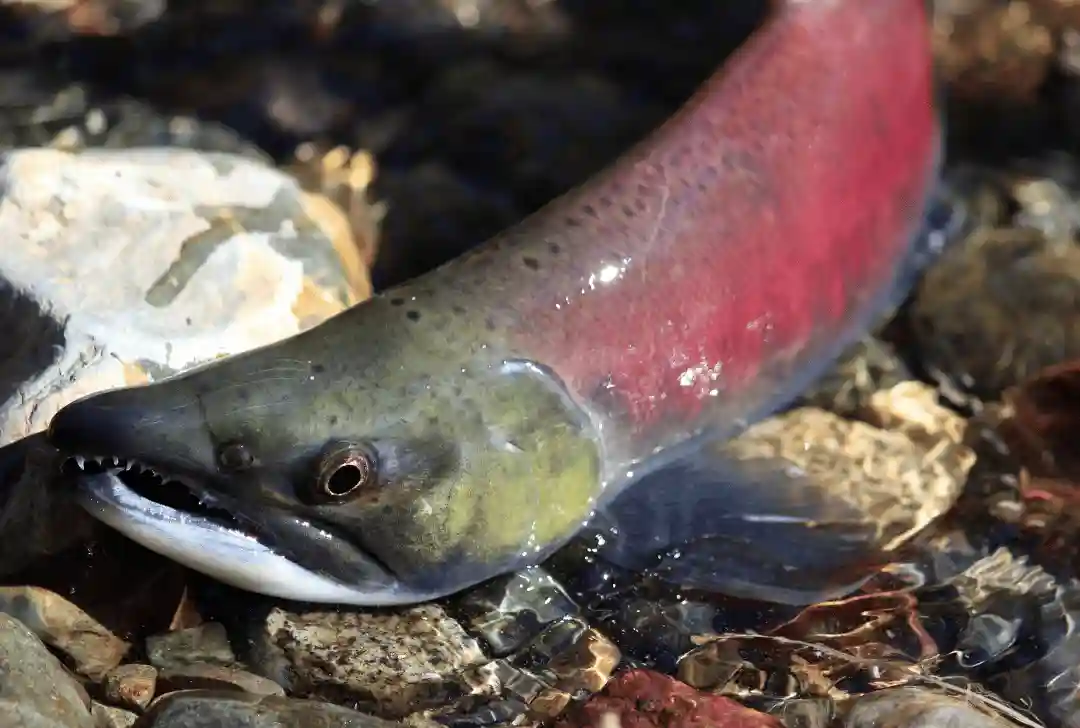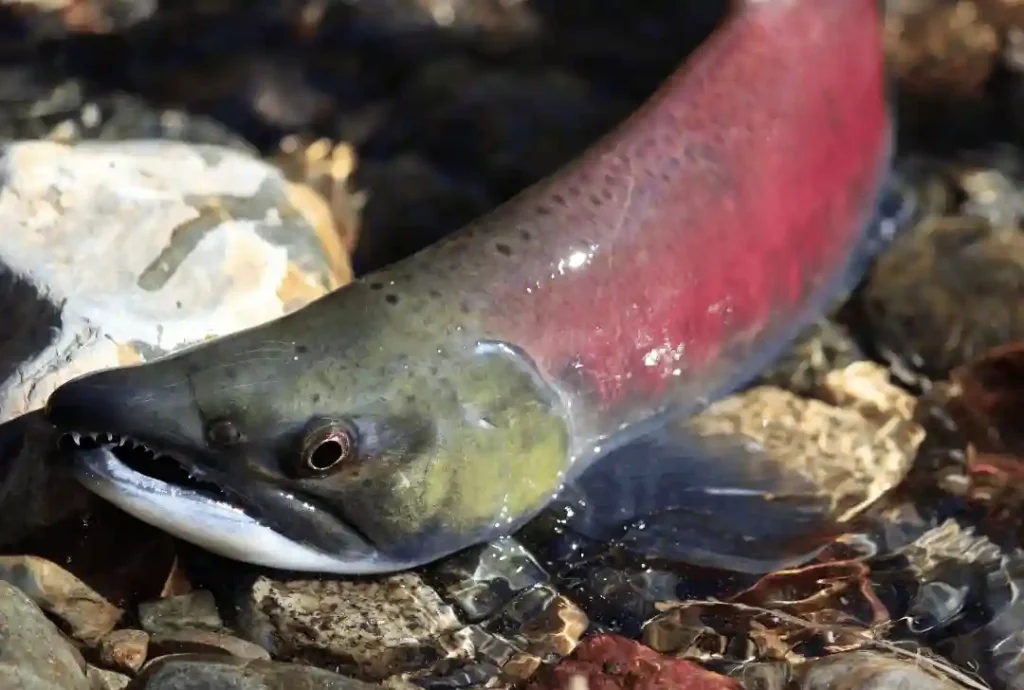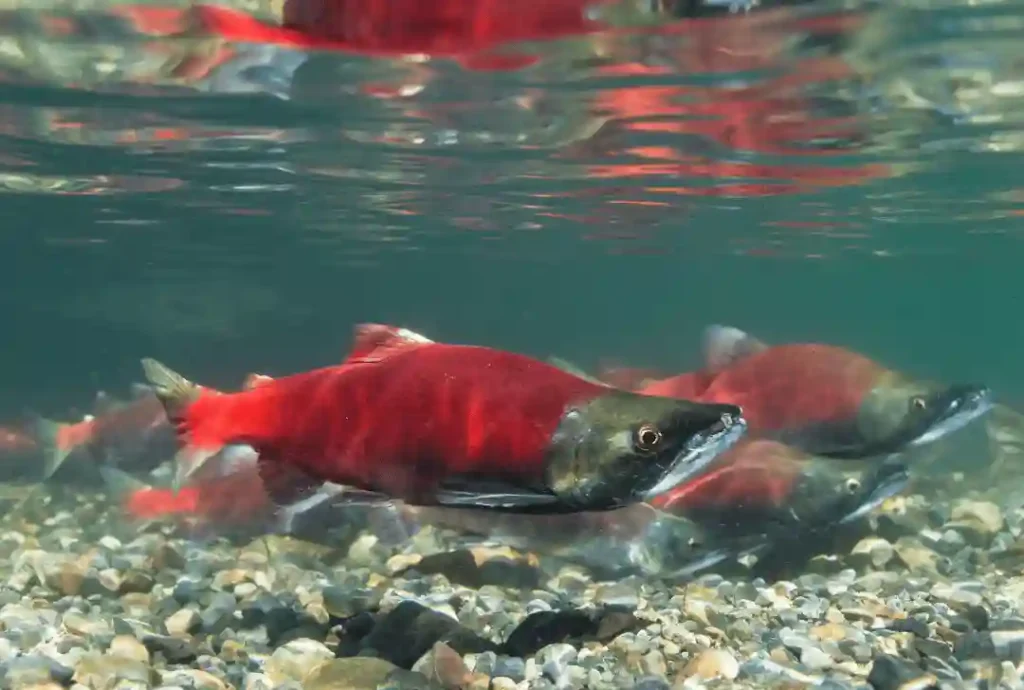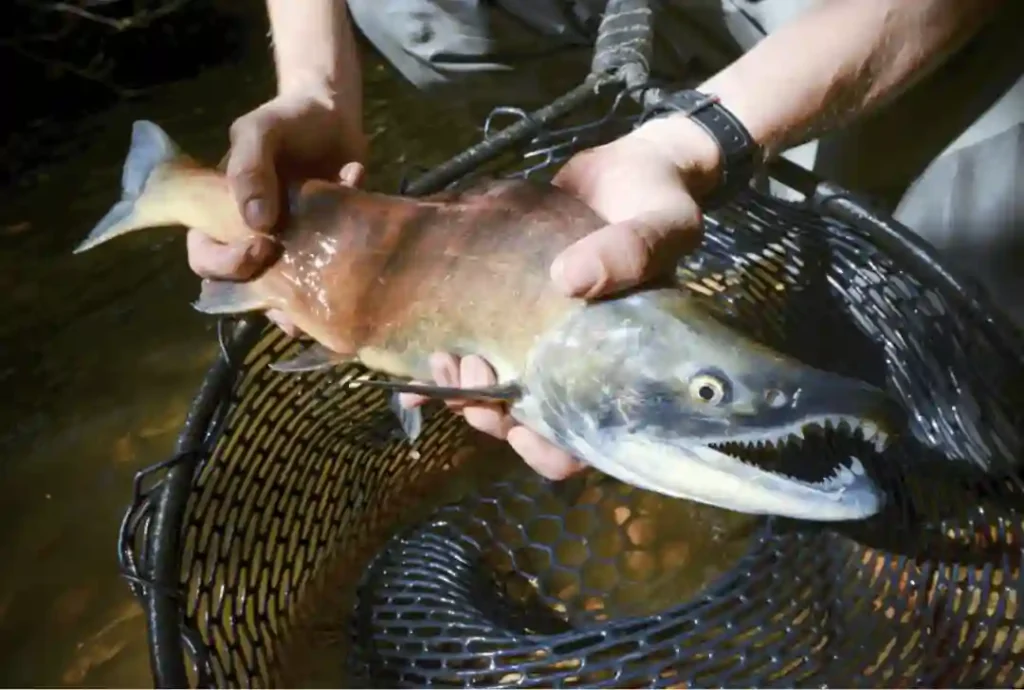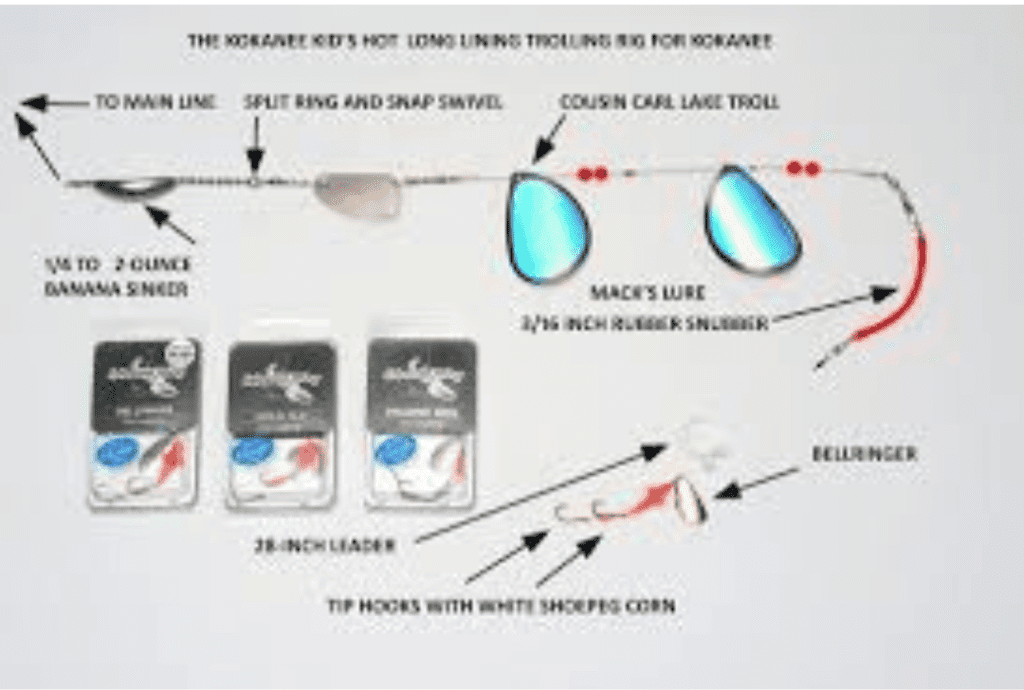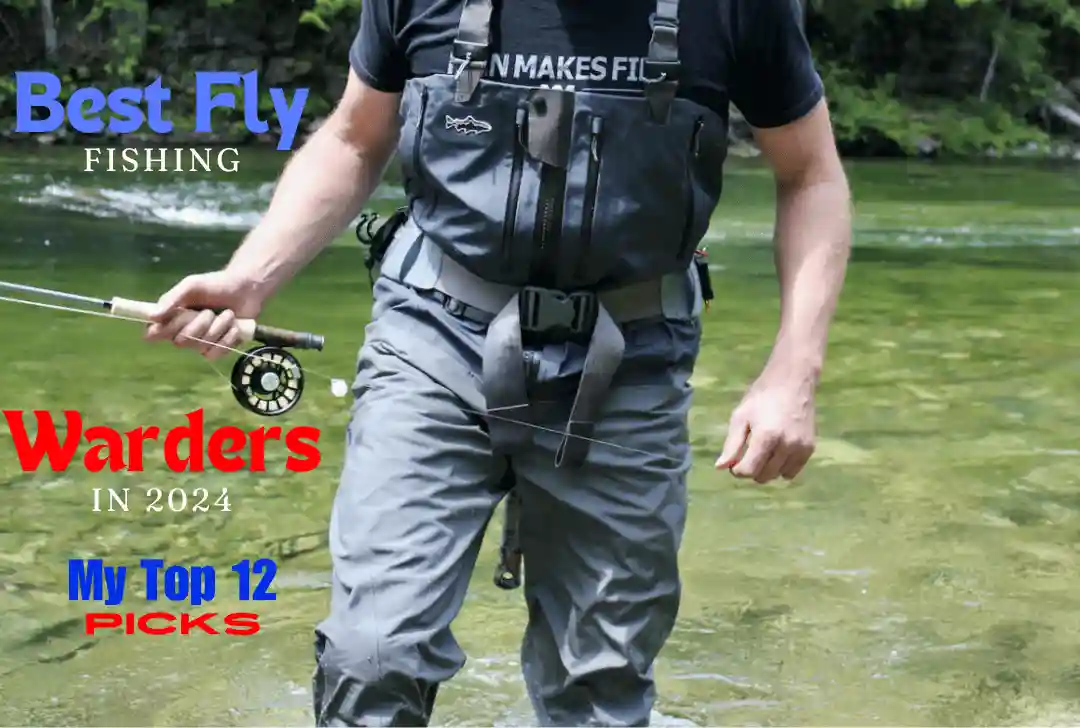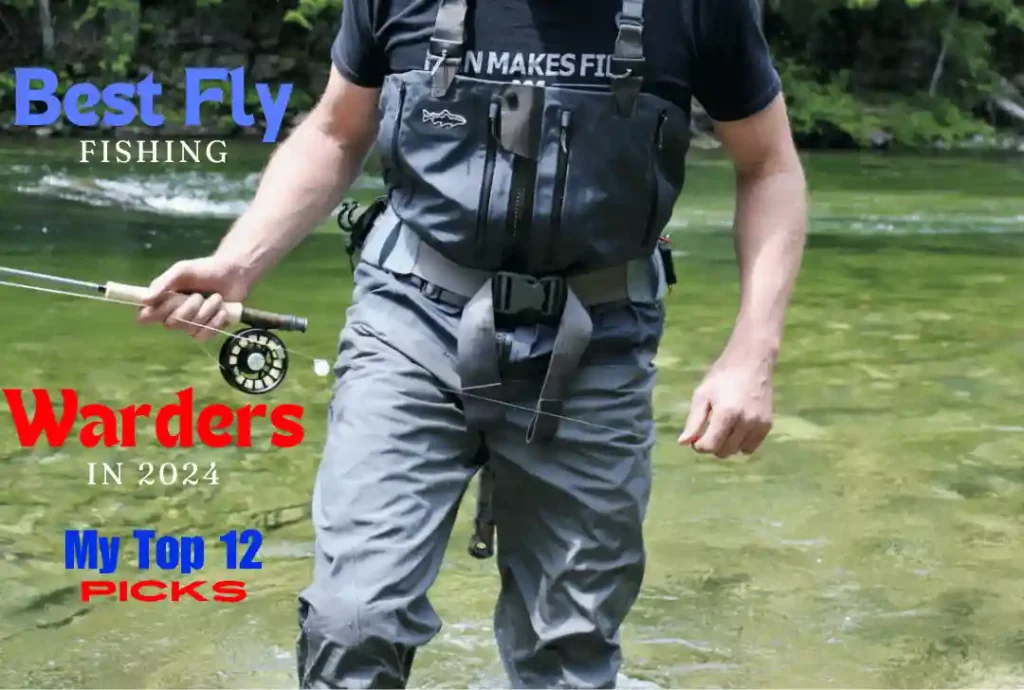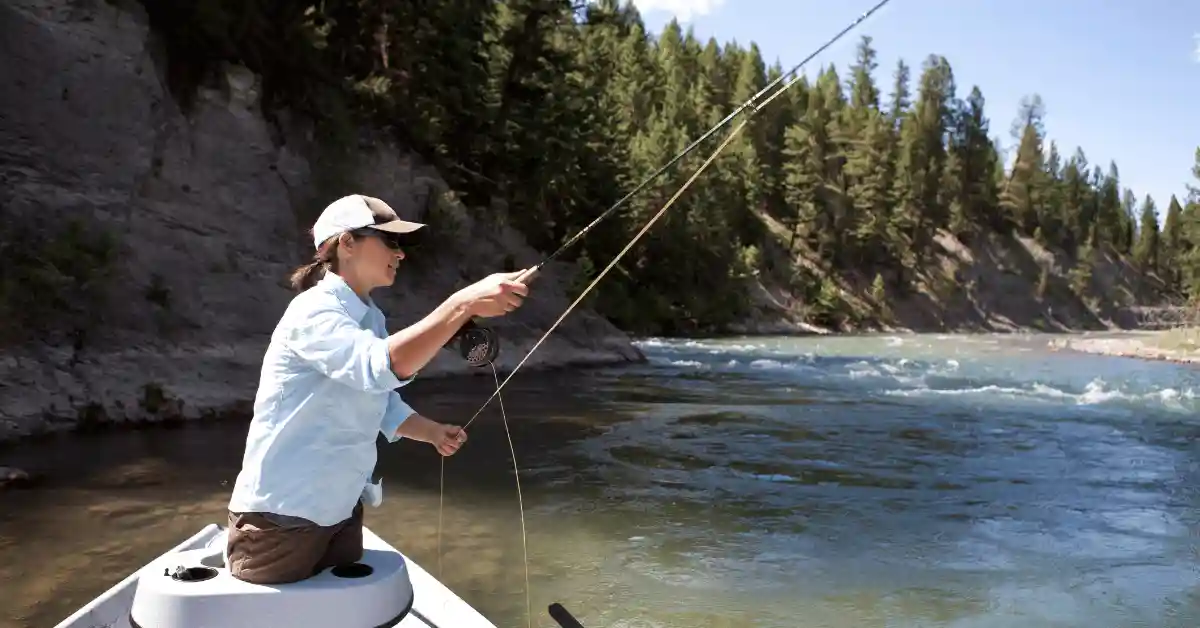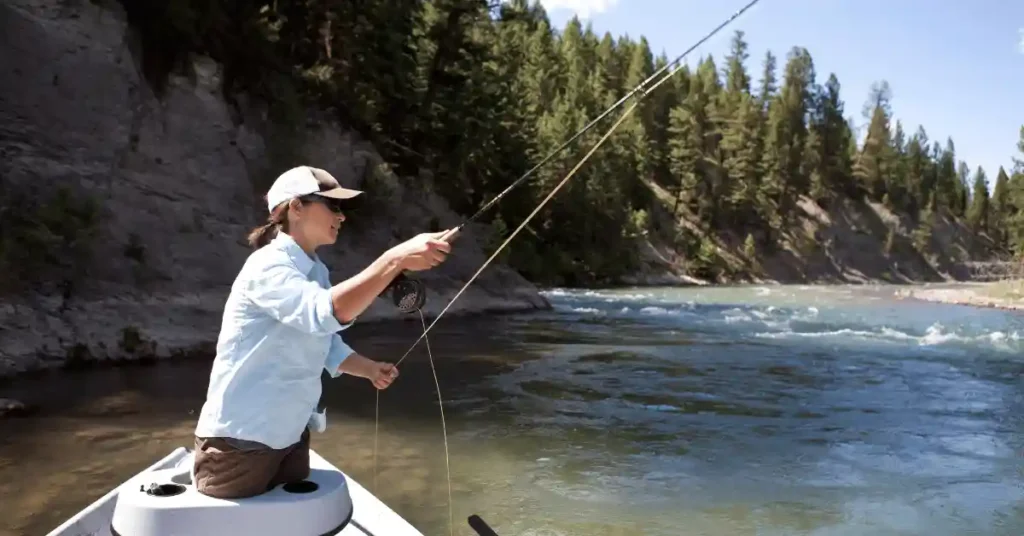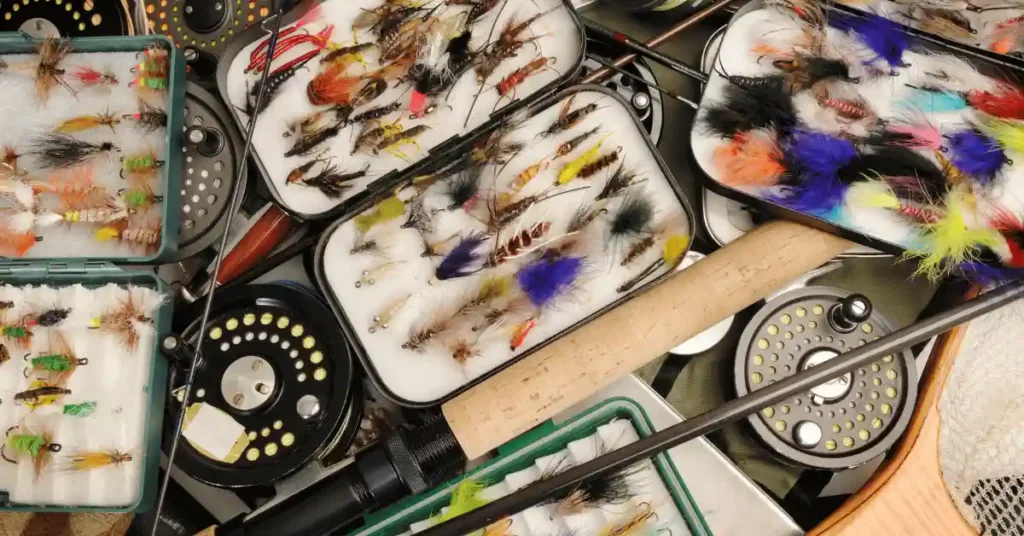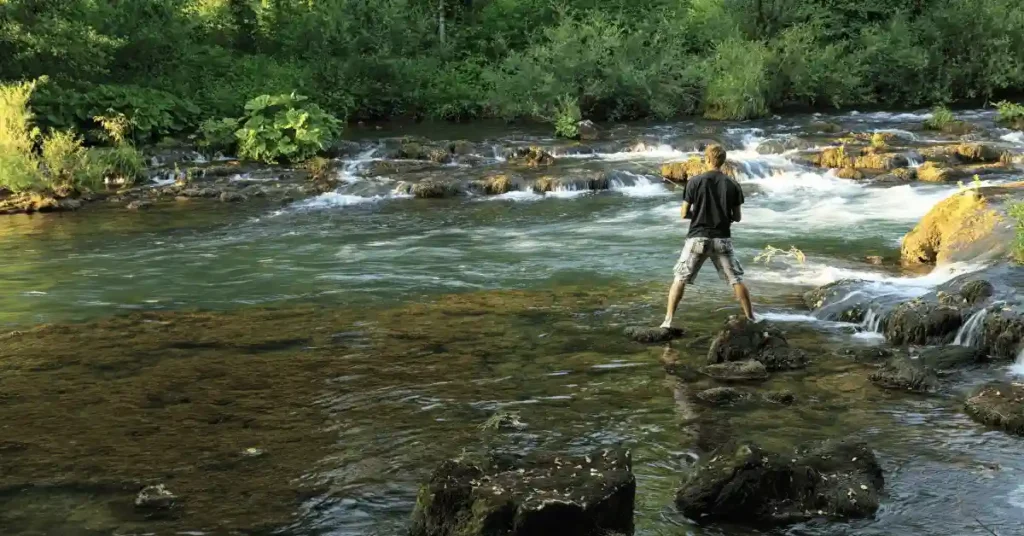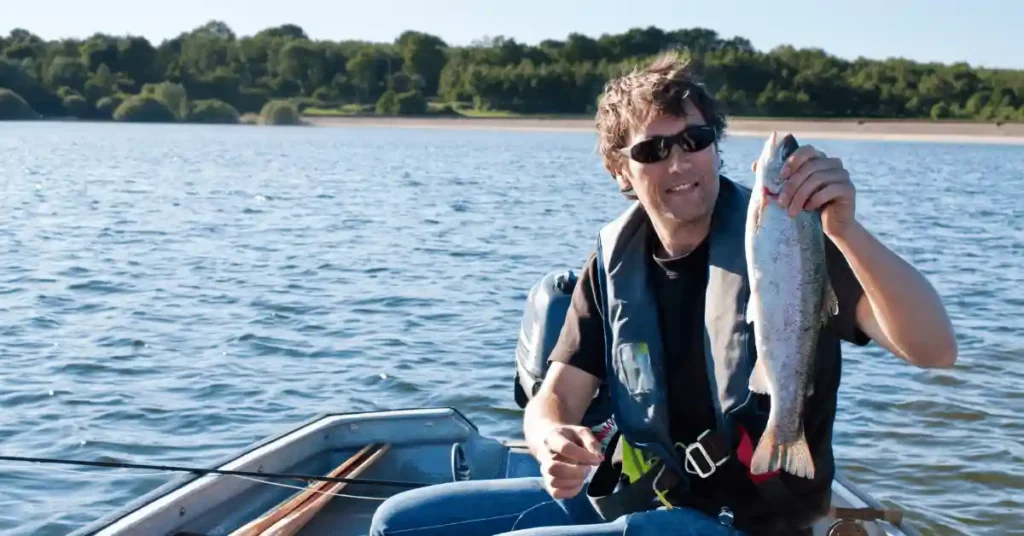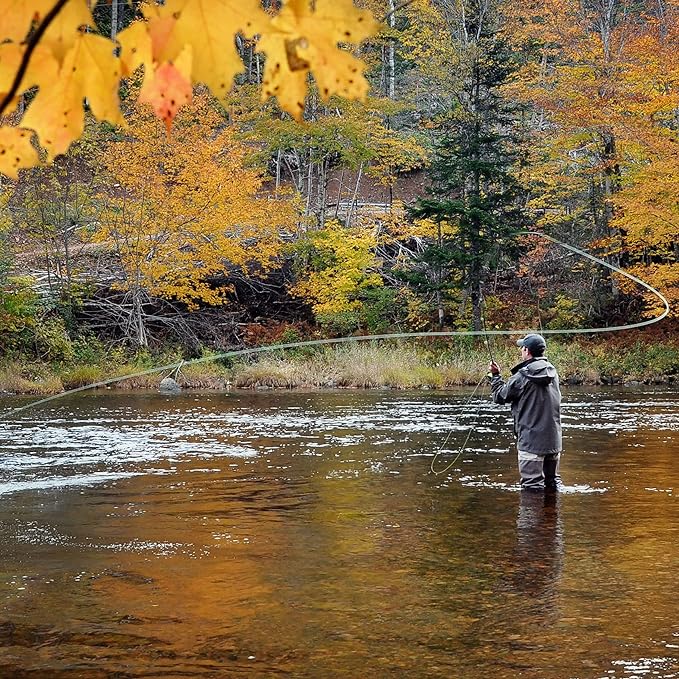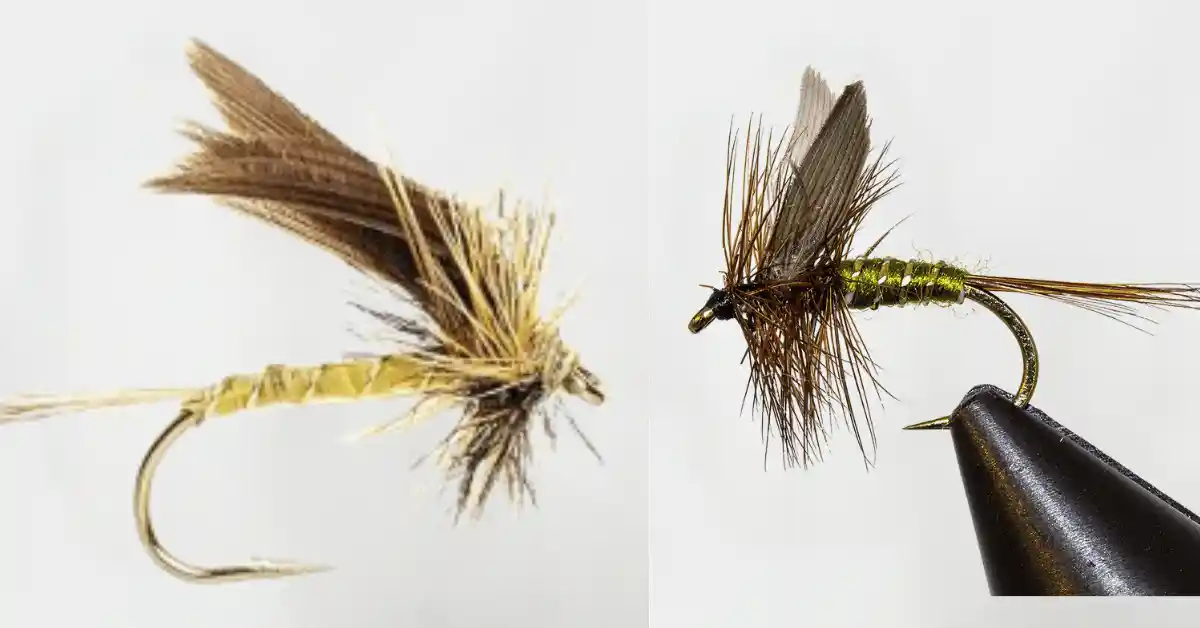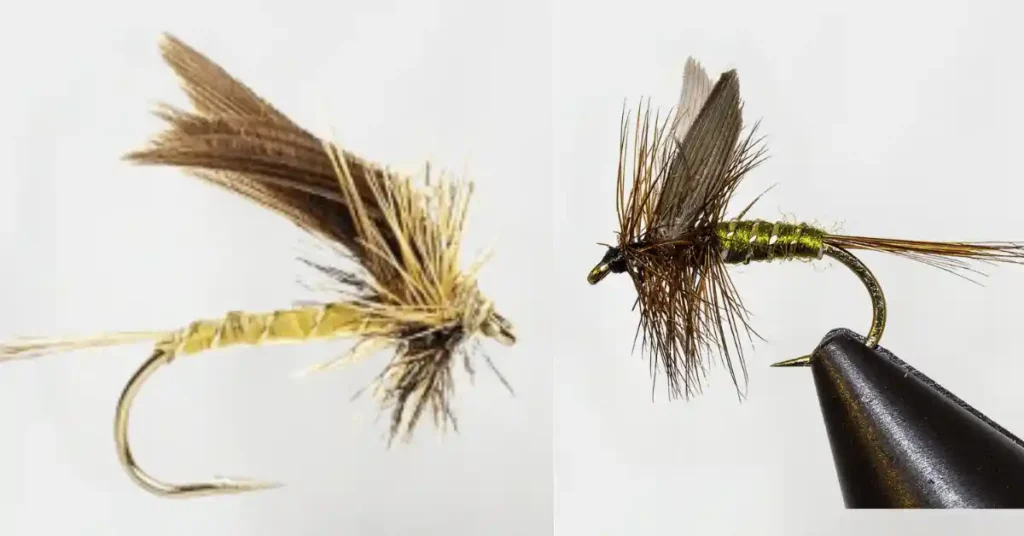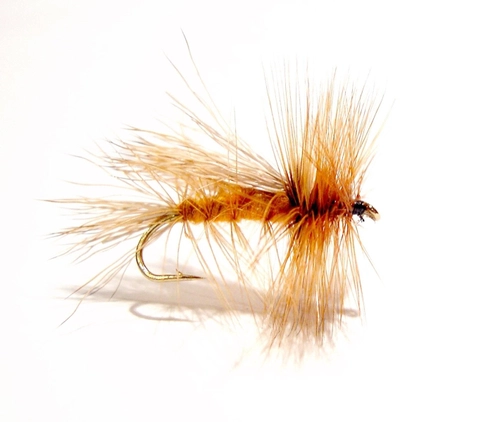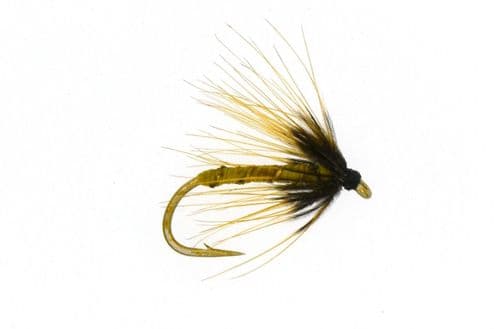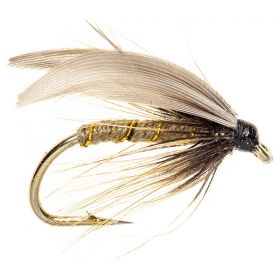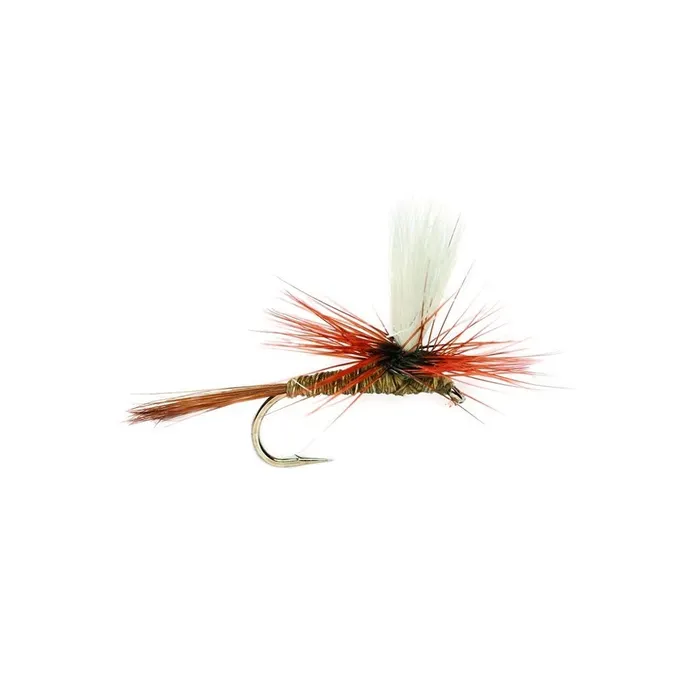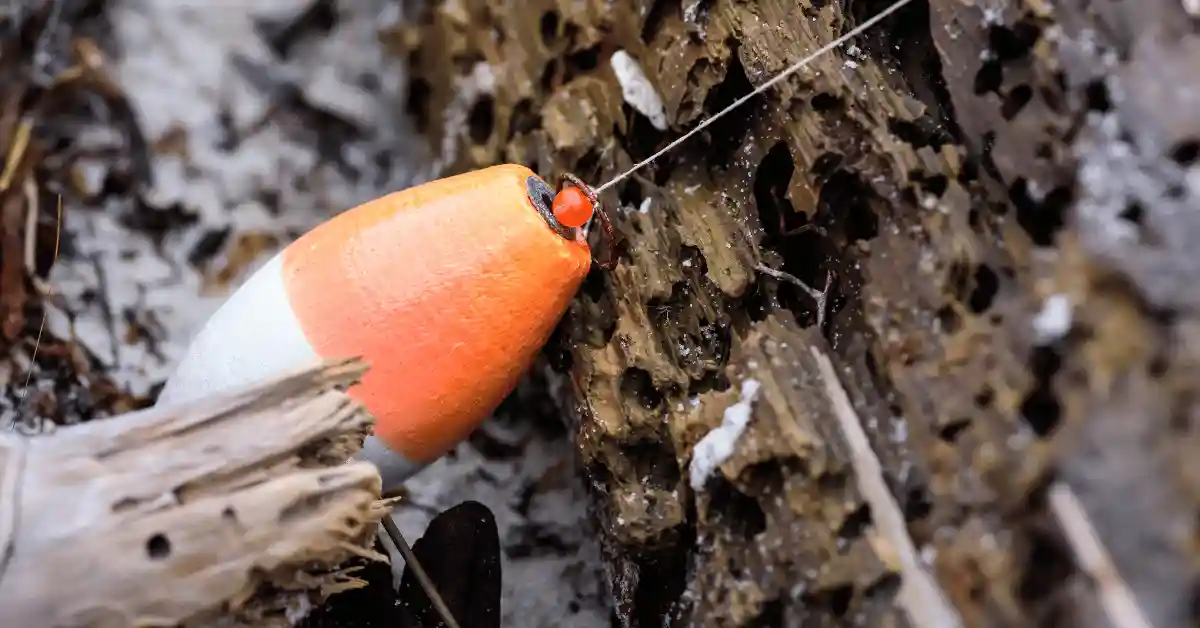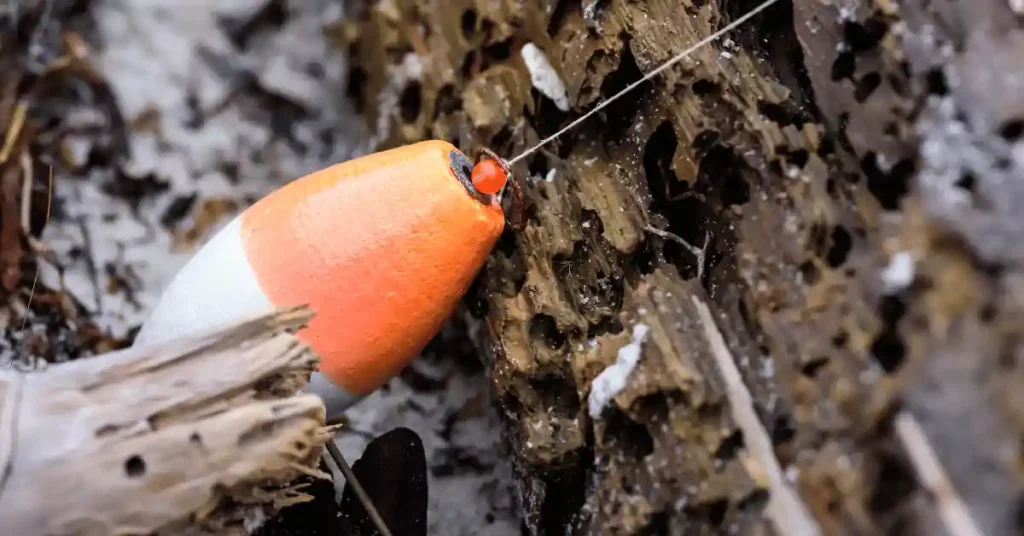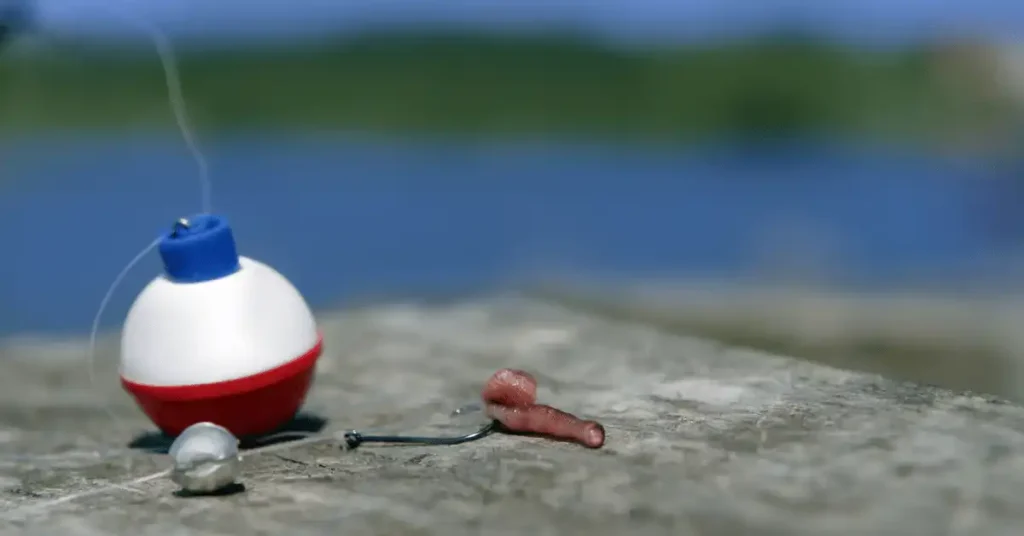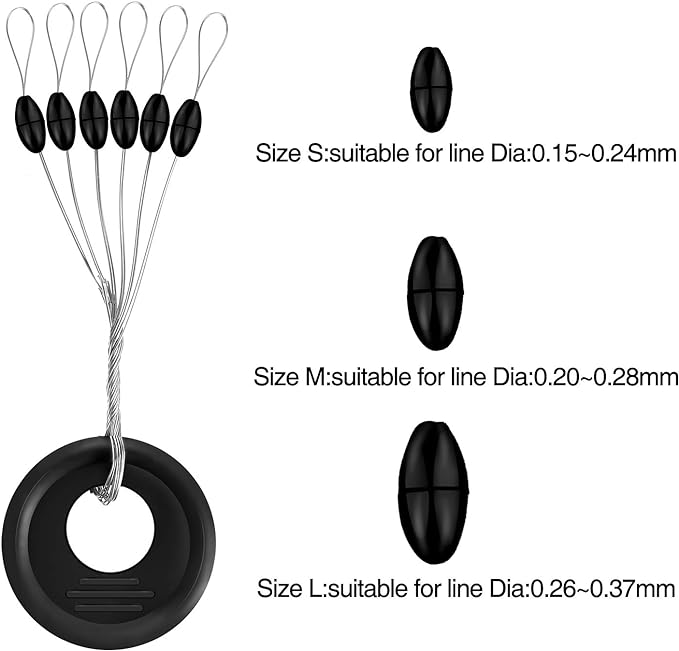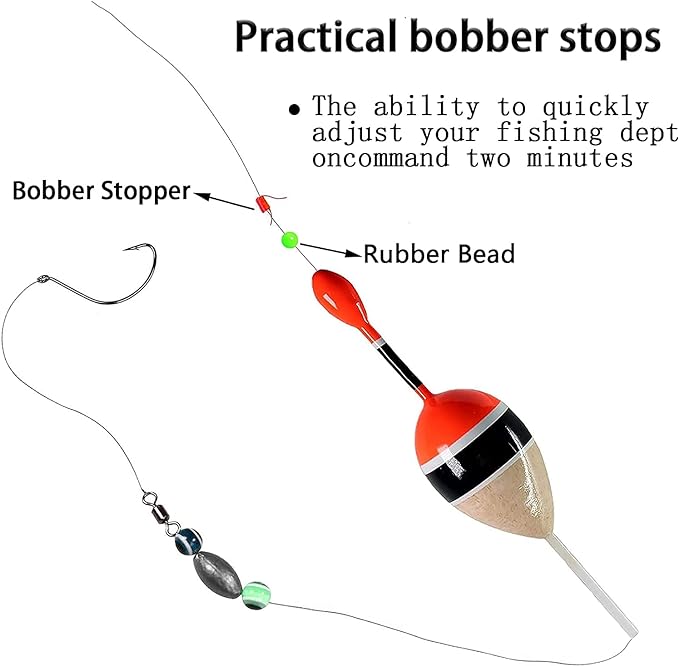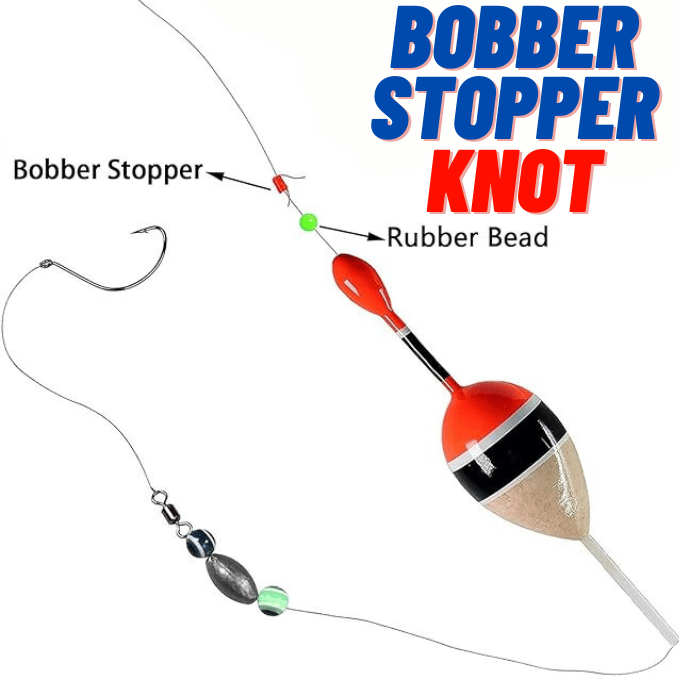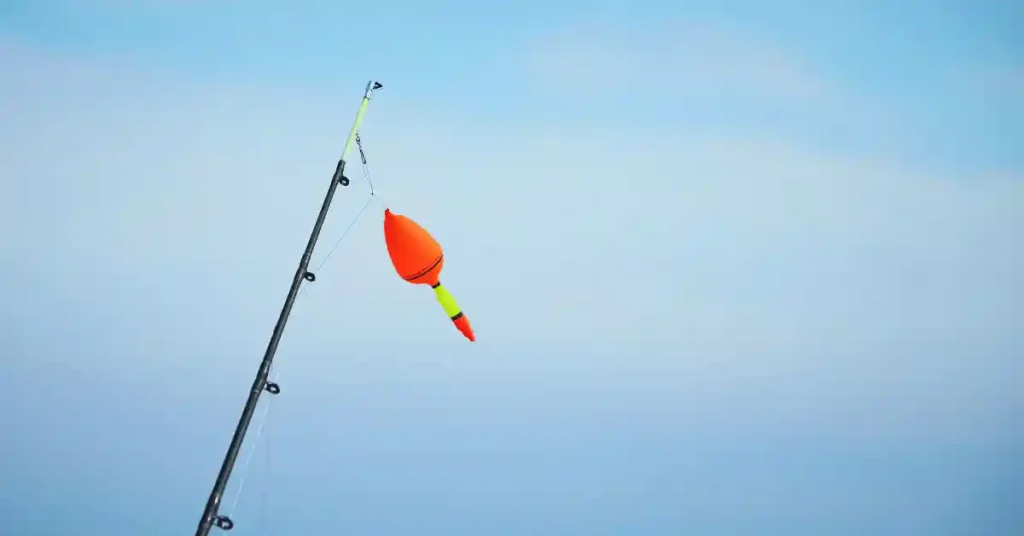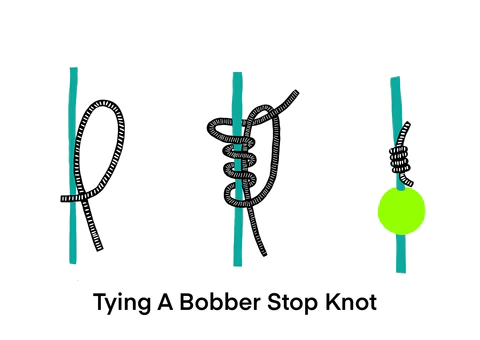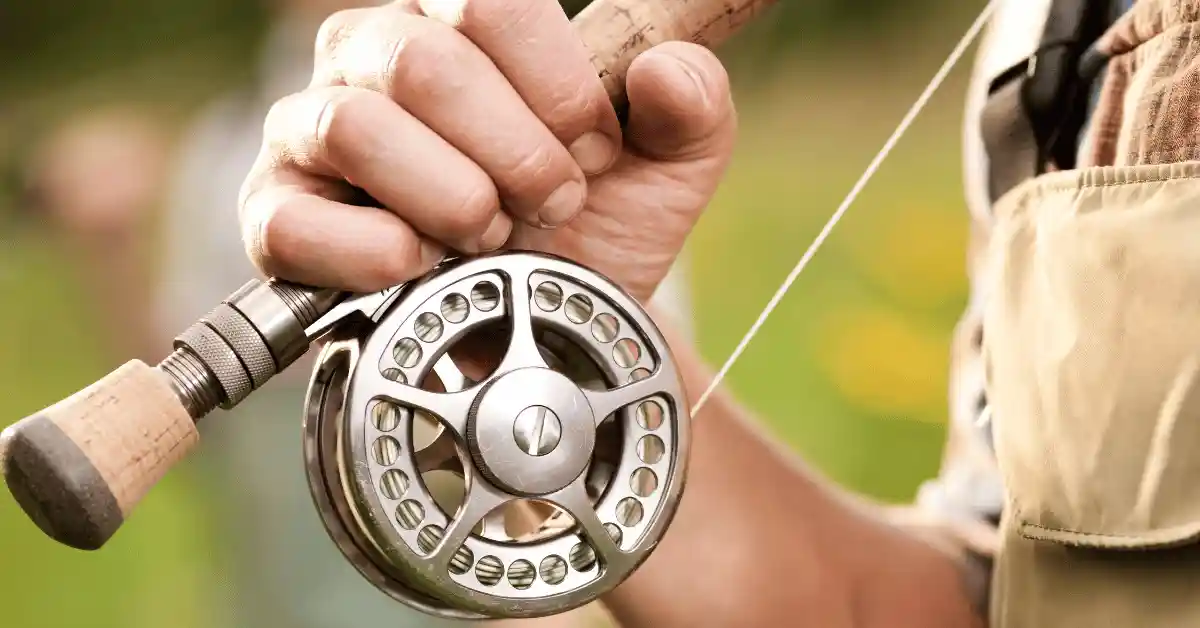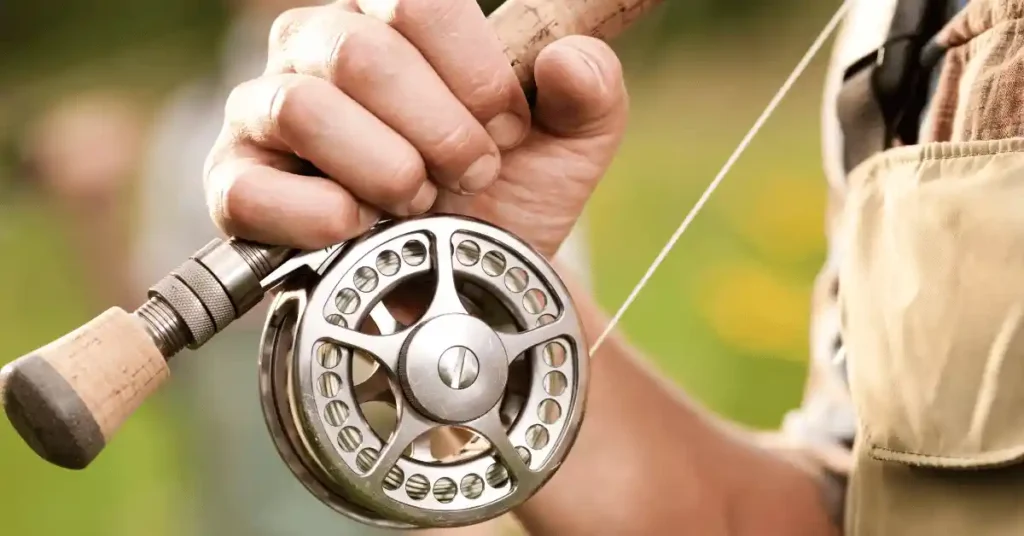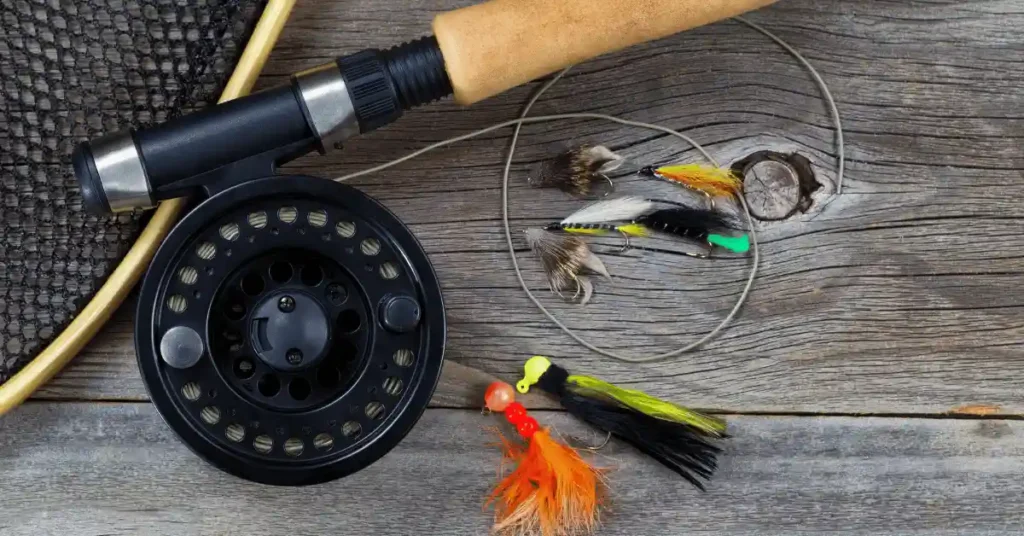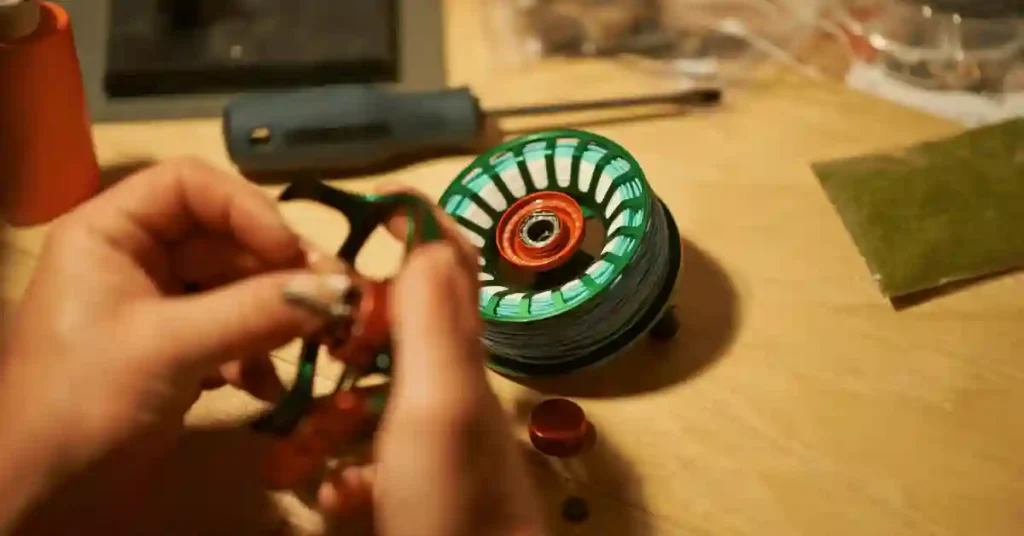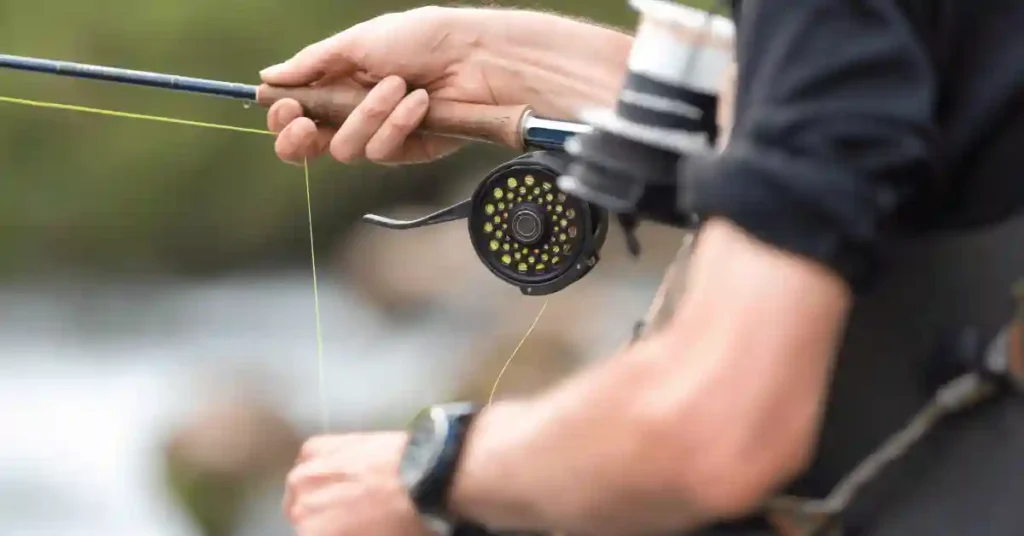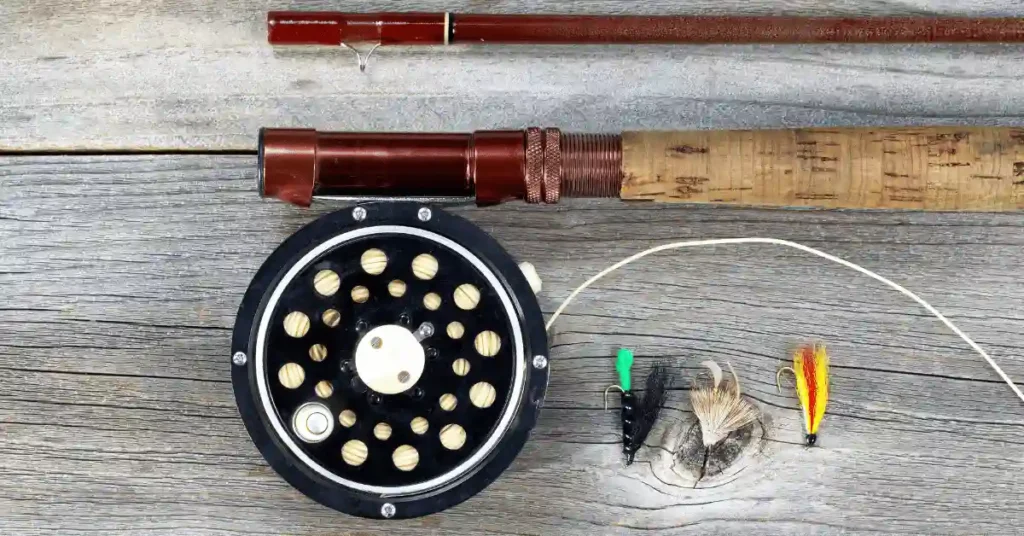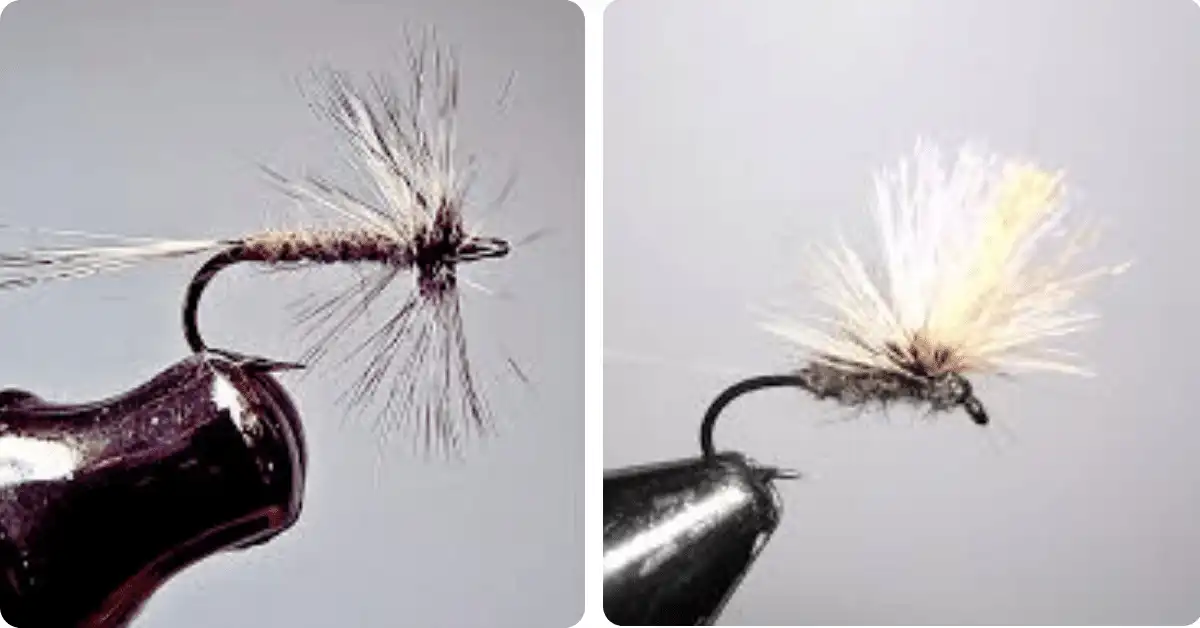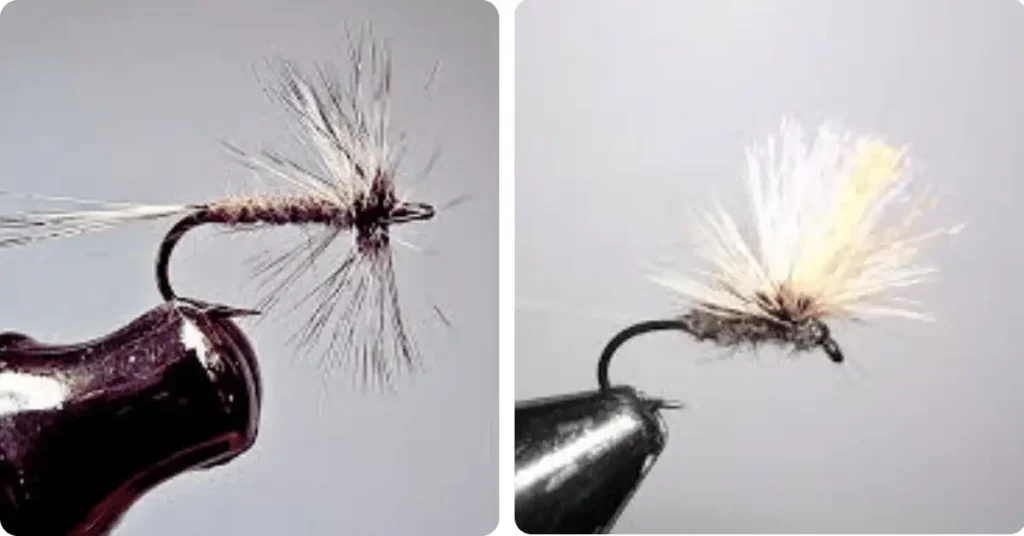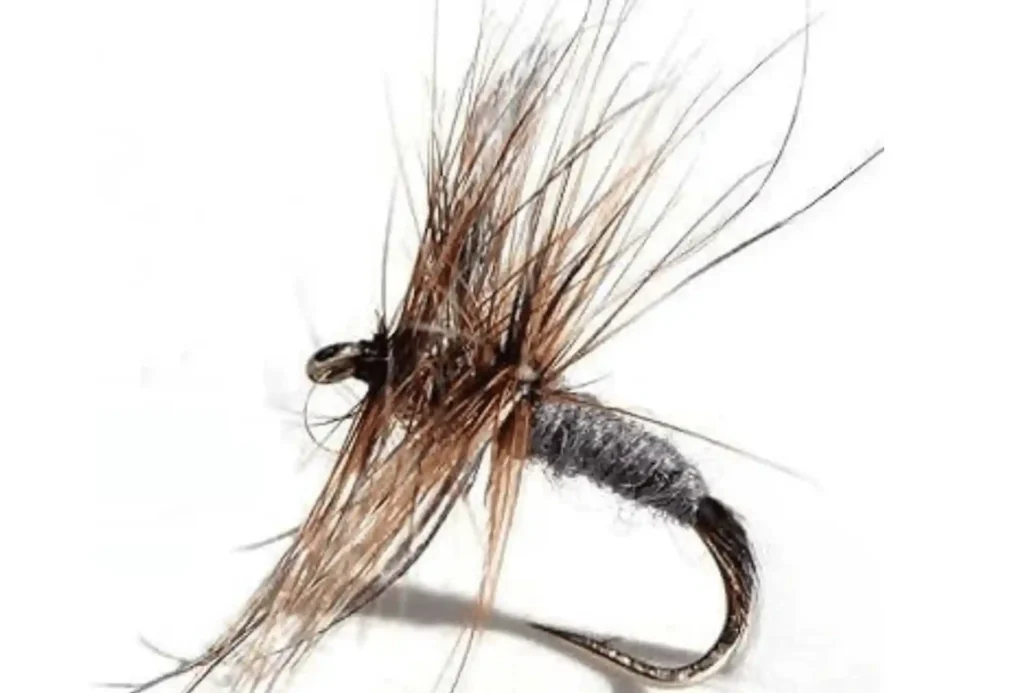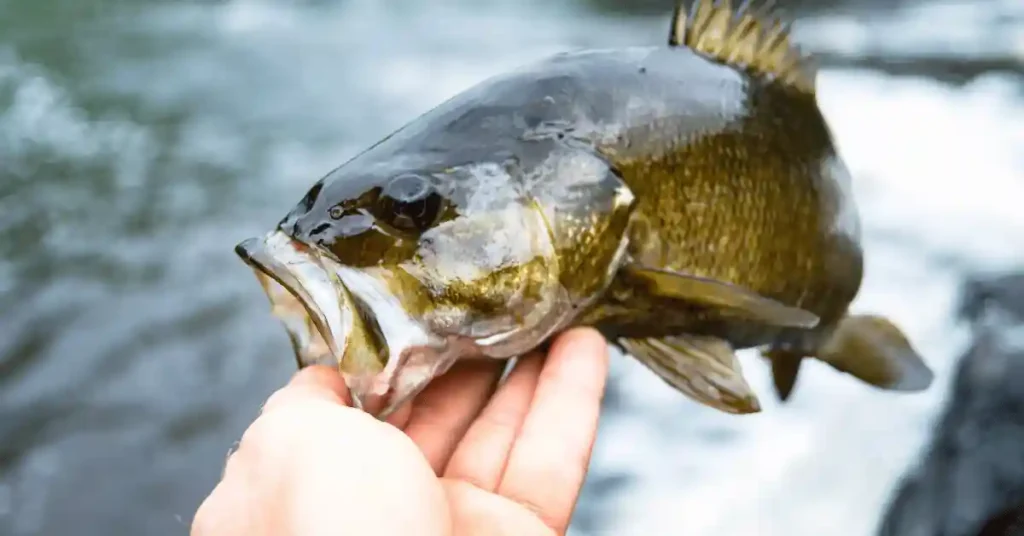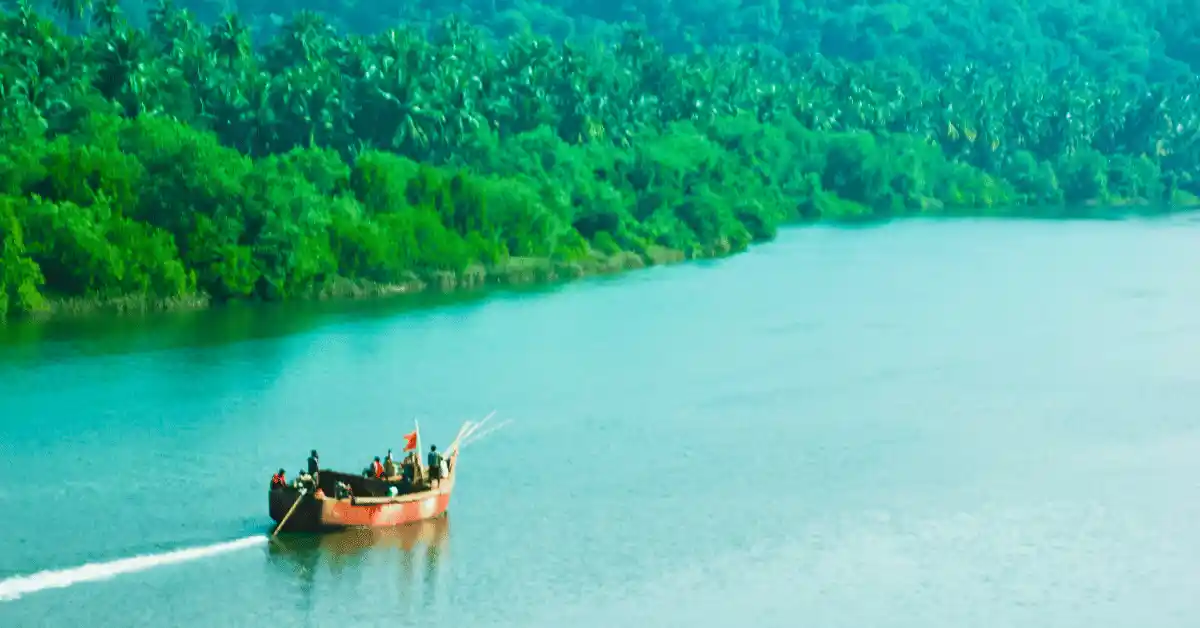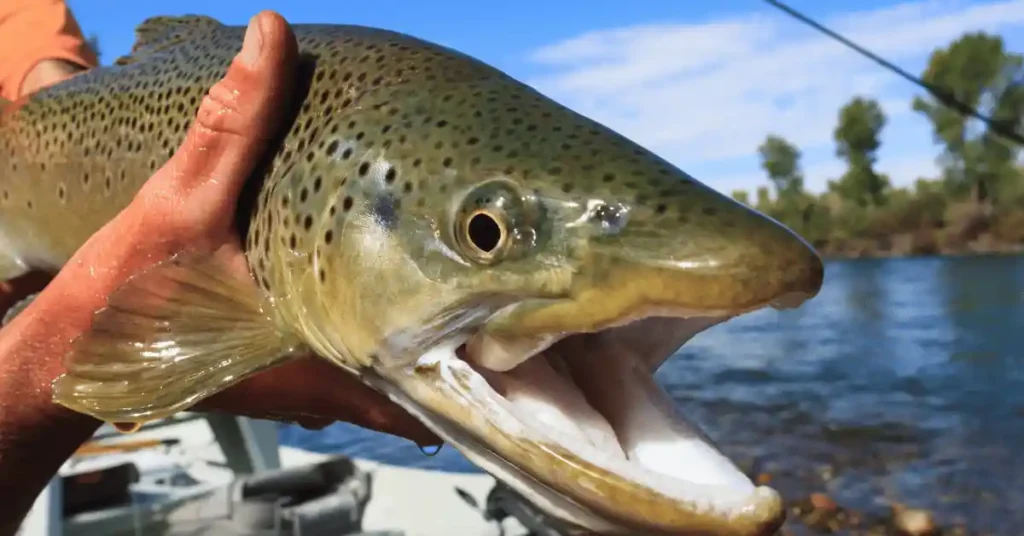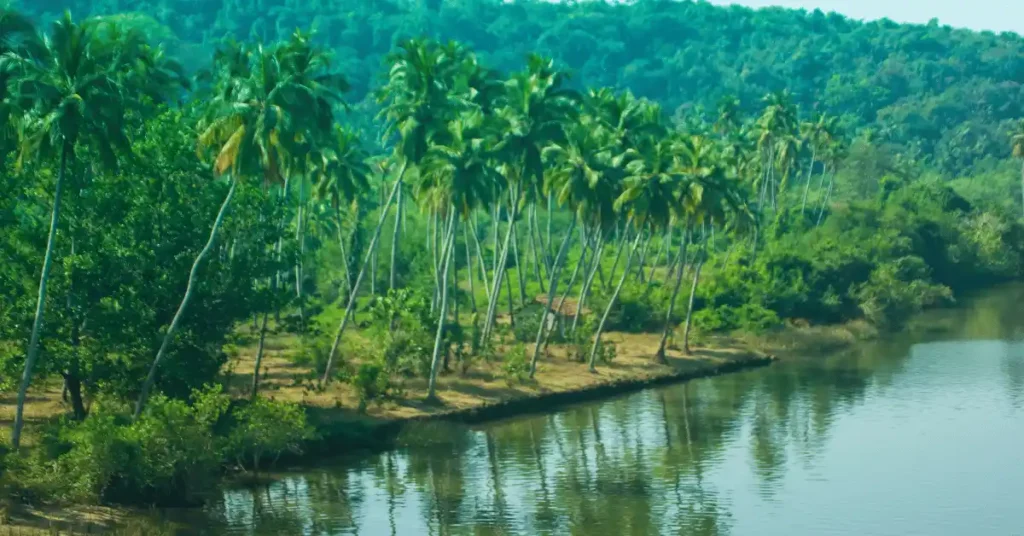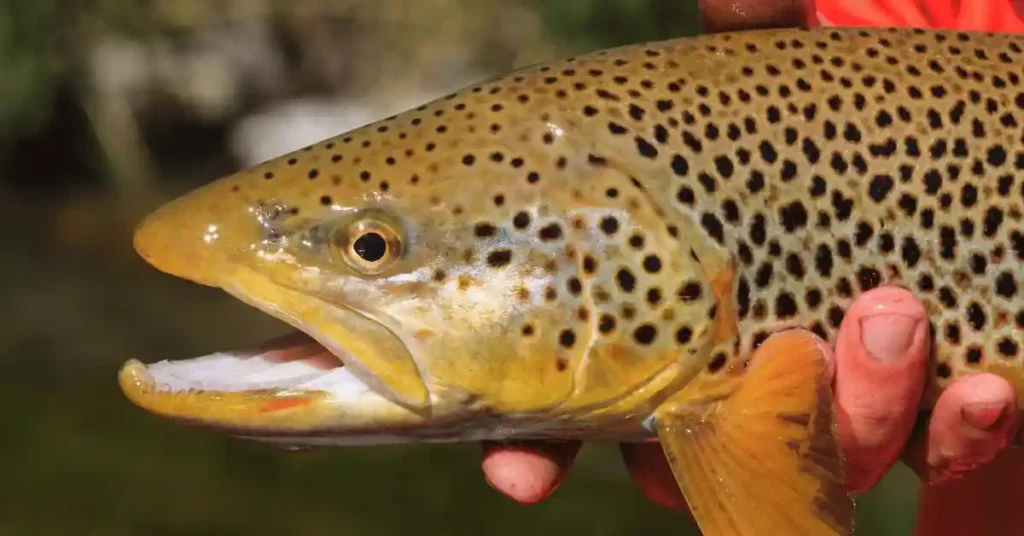
A fantastic day fishing starts with packing the right gear. While you can compromise on some gear, one thing you shouldn’t skimp on is your jacket. A good-quality fishing or wading jacket can mean the difference between a miserable, cold, and wet day versus a comfortable one, even in tough weather.
Not long ago, fly-fishing jackets weren’t very inspiring. They were like basic trash bags, lacking versatility. But now, they’re designed to be breathable, waterproof, windproof, and comfortable all day long, no matter what the weather throws at you.
These new jackets offer a lot of benefits, but understanding their features can be tricky when you’re trying to find the right one. Let’s talk about what makes a great fly fishing jacket, including the materials, what waterproofing means, and some recommendations for excellent jackets.
What Is Waterproofing, and Why Is It Important?
Staying dry is key in fly fishing, from head to toe. Just like your breathable waterproof waders, your jacket should also keep you dry. Let’s face it – the weather isn’t always perfect when you’re fly fishing. It can be cold, rainy, snowy, or involve a lot of splashing in rough waters.
Wading jackets are made to go over your waders, and they’re usually shorter than regular jackets to keep them from getting soaked while you’re wading. They’re made of breathable materials like nylon and polyester, which repel water while still letting you move freely to cast in the stream. Some jackets even have an extra layer of protection, like a polyurethane membrane, to make them even more water-resistant.
And to keep your stuff dry, wading jackets have pockets and attachments for your fly boxes, tools, nippers, and even waterproof pockets for things like keys and phones.
Choosing Your Fly Fishing Jacket: Soft Shell vs. Hard Shell
When picking a fly fishing jacket, a big decision is whether to go for a hard or soft shell.
Soft Shell Jackets:
Soft shells are for moderate weather, like cool temperatures. They’re not fully waterproof but resistant to water and wind. You can wear them alone or under a hard shell. Soft shells are lighter and let more air in.
Pros: Light, good for moderate weather.
Cons: It is not fully waterproof but is best for light rain.
Hard Shell Jackets:
Hard shells are tough, fully waterproof, and stop the wind. They don’t have an insulating layer. They’re durable but less breathable than soft shells.
Pros: Tough, suitable for heavy rain.
Cons: Not as breathable, stiff.
Understanding Jacket Layers:
Rugged shell jackets come in two, a half, and three layers.
Two Layers: Base material and waterproof part. It could be better for heavy rain.
Two and a Half Layers: Base, waterproof part, and a thin inner layer. Affordable and popular.
Three Layers: Base, waterproof part, and an inner liner for extreme conditions. It’s a bit pricey but super tricky.
Important Jacket Terms:
Ripstop: Stops rips from getting bigger, rigid material.
Denier: How heavy is the jacket? Higher is thicker but less flexible.
DWR: Coating for more waterproofing.
Seams and Seals: How the jacket is put together. Look for fully sealed zippers and seams.
Laminates or Coatings: Layers can be laminated or sprayed on. Laminated is better but costs more.
Cut and Size: Sizes can be different, so check the guide. Think about wearing layers underneath.
Fly Fishing Features: Look for pockets, clips, rings, and things that help with fishing. Fancy jackets for fishing have these extras.
Knowing these basics will help you choose a fly fishing jacket right for you!
10 Best Fly Fishing Jacket ( My top Picks)
- SIMMS G3 Guide Wading Jacket
- Simms Men’s Freestone Wading Jacket
- Skwala RS Jacket
- Orvis Clearwater Wading Jacket
- Orvis Men’s Pro Wading Jacket
- Orvis Ultralight Wading Jacket
- Skwala Carbon Jacket
- Redington Wayward Guide Wading Jacket
- Frogg Toggs Java Hellbender Fly & Wading Jacket
- Simms Bulkley Insulated Jacket
1. SIMMS G3 Guide Wading Jacket
Material: GORE-TEX 3-layer fabric for top-notch waterproofing and breathability.
Design: Articulated sleeves, adjustable storm hood, and secure cuffs for freedom of movement and weather protection.
Pockets: Large chest and handwarmer pockets for convenient storage.
Ventilation: Integrated underarm vents for enhanced breathability during active moments.
Durability: Tough and built to withstand rugged fishing conditions.
Extras: Adjustable hem and cuffs, fly patch, and D-ring for added convenience.
Purpose: Ideal for serious anglers seeking advanced protection and functionality.
Simms G3 Guide Wading Jacket is a great jacket to wear when you go fishing. It’s solid and durable because it’s made with three layers of a unique material called GORE-TEX, which keeps you dry and comfortable. The jacket is stretchy, so you can quickly move around when you’re fishing, rowing, or doing other activities.
This jacket has two big pockets on the chest—one for fishing gear and another for sunglasses or essential items. It also has pockets to keep your hands warm. Simms G3 is like a reliable workhorse that keeps water out and makes your fishing day enjoyable.
Pros
Cons
2. Simms Men’s Freestone Wading Jacket

Material: Toray 2.5-layer fabric for reliable waterproofing and breathability.
Design: Comfortable fit with an adjustable storm hood and ergonomic cuffs.
Pockets: Zippered chest and handwarmer pockets for easy storage.
Ventilation: Back venting for improved airflow during activities.
Durability: Sturdy construction to handle the demands of fishing.
Extras: Adjustable hem and cuffs for a personalized fit.
Purpose: Versatile jacket suitable for various fishing conditions, providing dependable protection and comfort.
Another good jacket for fishing is the Simms Men’s Freestone Wading Jacket. It’s made with a particular Toray fabric, which is like Gore-tex. This fabric keeps you warm and dry in different weather conditions. The jacket is rugged and well-built, with features like sealed seams and water-repellent zippers.
It has multiple pockets for storing your fishing equipment and valuables. The jacket is lightweight so that it won’t weigh you down, and it’s designed to keep you comfortable while you fish, no matter the weather.
Pros
Cons
3. Skwala RS Jacket
Material: Advanced waterproof and breathable fabric for optimal performance.
Design: Tailored for comfort and ease of movement with a modern style.
Pockets: Thoughtfully designed pockets for practical storage.
Ventilation: Incorporated features for improved breathability in various conditions.
Durability: Durable construction to withstand outdoor challenges.
Extras: Adjustable elements for a customized fit.
Purpose: Versatile jacket suitable for different outdoor activities, offering reliable protection.
The Skwala RS Jacket is a standard for wading jackets. Even though it’s from a newer company, it’s known for being high quality. This jacket is more significant, so you can wear it over other layers and waders without feeling tight.
It’s built to withstand heavy rain and wind.
The RS Jacket is designed to be practical, with pull tabs for the hood inside the pockets to prevent them from catching on fishing lines. It keeps you warm, cuts the wind, and moves well with your body, making it a good choice for various activities like hiking and fishing. It’s a reliable jacket that gives you what you need for a great day outdoors.
Pros
Cons
4. Orvis Clearwater Wading Jacket

The Orvis Clearwater Wading Jacket is a smart choice for fishing without breaking the bank. It comes with useful features at a reasonable price. One cool thing is the D-ring, where you can attach your fishing net.
It means you don’t have to carry a heavy pack. You can easily slip this jacket over all your gear, allowing you to move around comfortably. It’s made of unique material that keeps you dry in the rain but lets your body breathe. And because it’s from Orvis, you know it’s made with excellent quality.
Pros
Cons
5. Orvis Men’s Pro Wading Jacket
Check out the Orvis Men’s Pro Wading Jacket if you’re looking for a top-notch wading jacket. It’s designed to keep you protected while fishing. The jacket has three layers that stop water and let your body breathe, similar to the Simms jacket.
It keeps you warm when it’s cold and cool when it’s hot. There are zippers on the sides to release heat and adjust your waders. It’s a rugged jacket with an adjustable hood, a high neck for extra warmth, cozy handwarmer pockets, chest storage for your fishing gear, and a D-ring for your net. The tight wrist cuffs ensure you stay dry, especially when handling fish.
This jacket is built to last and has everything you need for a great fishing day.
Pros
Cons
6. Orvis Ultralight Wading Jacket

The Orvis Ultralight Wading Jacket is a fantastic choice for anglers who want something light and easy. This jacket is designed with feedback from anglers like you. It’s super soft, weighing less than 7 ounces, making it easy to carry in your bag or backpack.
When you need it, it’s there. The jacket even has unique cuffs that add more waterproofing when handling fish or reaching the stream. This jacket keeps you dry and protected with its three-layer shell, breathable nylon material, and strong zippers. No more wet sleeves after landing or releasing fish. It’s a reliable jacket that won’t weigh you down.
Pros
Cons
7. Skwala Carbon Jacket
Skwala is a new player in fly fishing gear, and their Carbon Jacket, introduced in March 2022, is creating a buzz. Based in Bozeman, Montana, Skwala does things differently by making its fabric instead of using the common GORE-TEX.
The unique fabric has a four-way stretch, giving great flexibility, and the hydrophobic cuffs keep water away. Weighing less than a pound, this jacket has features suitable for various conditions. It’s not just for cold days; it also works well in warmer weather.
In colder weather, consider sizing up and layering for extra warmth; layer down in warmer months for better ventilation.
Pros
Cons
8. Redington Wayward Guide Wading Jacket

The Redington Wayward Guide Wading Jacket is an excellent choice for fly fishing fans looking for a lightweight and durable option. Made from tough nylon, it has a unique technology, allowing air to flow out while keeping water and air from coming in.
The triple-layer outer shell strikes a balance between protection and breathability during casting. This jacket contains a chest storage pocket featuring water-repellent zippers, perfect for fly boxes. The addition of a fleece-lined neck and handwarmer pockets enhances comfort.
An adjustable hood and cuffs provide extra protection during adverse weather conditions. Whether cold or wet, this jacket mainly keeps you dry and comfortable throughout your fly-fishing adventures.
Pros
Cons
9. Frogg Toggs Java Hellbender Fly & Wading Jacket

Be aware of its affordable price; the Frogg Toggs Java Hellbender is a reliable companion for fly fishing. It boasts essential pockets and storage systems, using DriPore Gen 2 technology for outstanding water resistance and breathability.
The jacket’s ultra-flexible and lightweight design ensures freedom of movement during casting. Well-thought-out features, including an adjustable hood and bill, show careful consideration in design. The full-zip front closure with a storm flap and rain gutter effectively keeps moisture out, providing a warm and dry environment for fly fishing.
Priced between $69 and $99, this wading jacket offers excellent value for money, delivering all the necessary features with thoughtful design. It’s a budget-friendly option that will satisfy you.
Pros
Cons
10. Simms Bulkley Insulated Jacket

Meet the Simms Bulkley Insulated Jacket, designed to tackle the harshest weather conditions imaginable. Lined with GORE-TEX inside and out, this jacket ensures you stay dry even in deep water.
The PrimaLoft insulation guarantees warmth, and Simms engineered the sleeves to prevent water from flowing up, even if you dip your arm in the river. This jacket is purposefully designed with fly boxes in mind, providing easy access to your essentials.
Suppose you’re looking for the ultimate combination of warmth and waterproofing. The Bulkley Insulated Jacket stands out as a top choice for discerning fly fishing enthusiasts.
Pros
Cons
What to Consider When Choosing a Jacket
Breathability
When fishing in damp weather, it’s essential to consider breathability in a wading jacket. Breathability refers to how quickly the coat can release moisture from the inside to the outside without losing its waterproofing. Having a breathable and lightweight jacket is crucial in places like the Ozarks, where the temperature can change rapidly from 20 to 60 degrees. It helps expel extra heat and moisture, especially when it’s raining.
Water Resistance
Wading jackets are not like wet suits; they’re more like rain jackets. You may still get wet if you take a spill in the water. These jackets aren’t for complete submersion, so they can’t simultaneously expel large volumes of water. If you dip your elbow in the water while releasing a fish, you’ll be okay but don’t expect the jacket to protect you if you go for a swim. When choosing a jacket, look for good water protection around entry areas and features like an adjustable hood, wrist cuffs, and waist adjustments, as these areas are most vulnerable to water.
Wind Resistance
Wading jackets with water resistance usually also have wind resistance. It is crucial to stay warm and dry during fishing trips.
Mobility
Whether hiking to remote locations, in a drift boat, or casting all day, mobility in your wading jacket is essential. While insulation is substantial, finding the right balance to maintain mobility is critical. Adding base layers that can be removed later if needed is a good idea. Not all wading jackets alone can keep you warm on the water, so layering up provides the flexibility to adjust throughout the day.
Affordability
Getting into fly fishing can be overwhelming and expensive. However, there are wading jackets available for all budgets. Like other fly fishing gear, you can find a product that fits your financial constraints.

Meet Ibrahim Khan, an avid angler and author in Fishing Teach. He shares his wealth of knowledge from his 16 years of experiences in fishing. His articles are a captivating blend of practical insights and thrilling tales that invite readers into the enchanting world of fishing.
Ibrahim’s guides are your go-to guide in the realm of fishing on this informational site. Hailing from a coastal paradise, Ibrahim’s passion for angling is the heartbeat of his life.

